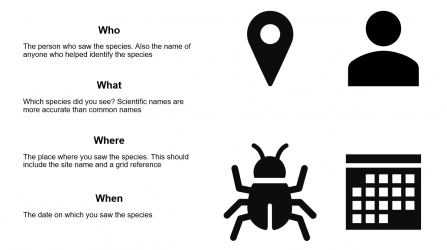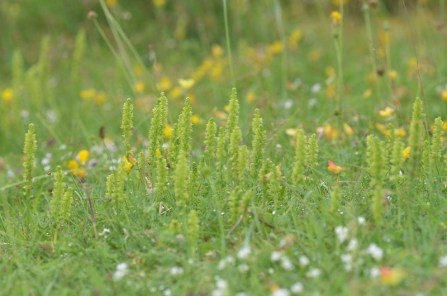Hi everyone,
Welcome to my second blog post looking at the basics on biological recording. Yesterday I introduced what biological recording is and how I got involved with it. Today’s post will look at the components of a biological record and what makes a high-quality record. Higher quality records mean that they can be used for more detailed analysis of the environment. Later in the week, I will be discussing the many ways in which biological records are used!
Yesterday I mentioned that biological records are a record of a species, in a known location, by a known person, on a known date. We will look at these four parts first.



